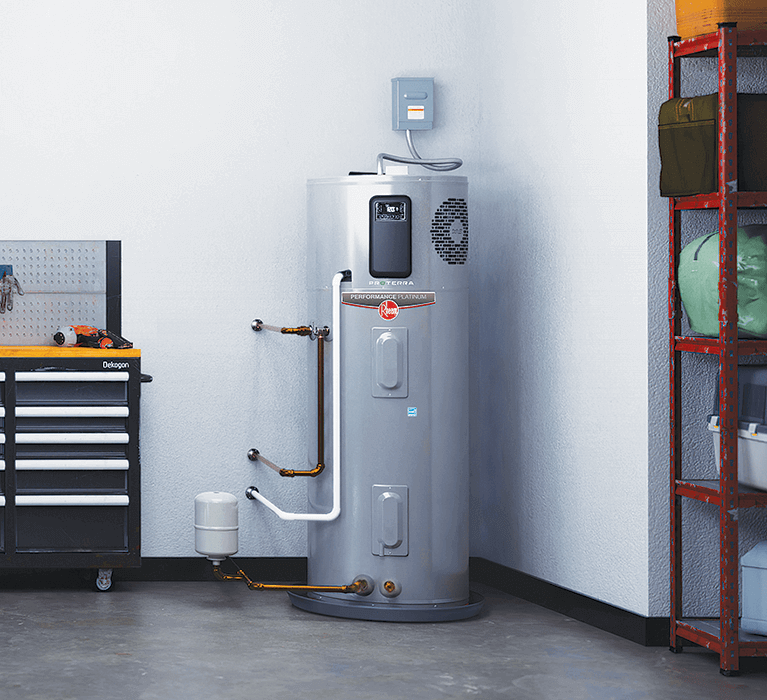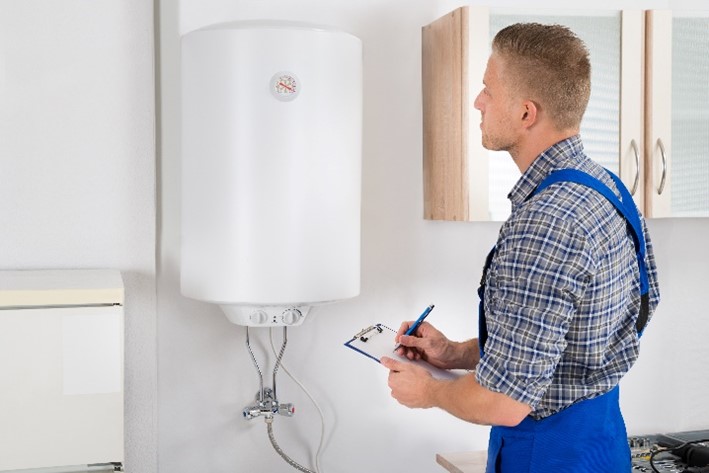Ways to Maintain Your Home's Hot Water System in Good ConditionBest Ways to Maintain Your Home's Hot Water System Successfully
Additional ResourcesThe author is making a number of great pointers relating to What Kind of Maintenance Do Water Heaters Need? in general in this content below.

Hot water is necessary for daily comfort, whether it's for a revitalizing shower or cleaning recipes. To ensure your hot water system runs efficiently and lasts longer, normal upkeep is crucial. This short article provides practical tips and understandings on just how to preserve your home's hot water system to avoid disruptions and pricey repairs.
Intro
Preserving your home's hot water system may seem challenging, but with a couple of straightforward steps, you can guarantee it runs efficiently for many years to find. This guide covers everything from recognizing your warm water system to DIY maintenance pointers and recognizing when to contact specialist help.
Importance of Keeping Your Hot Water System
Normal upkeep not only extends the life expectancy of your hot water system yet likewise ensures it runs effectively. Ignoring upkeep can lead to reduced efficiency, greater energy expenses, and even early failing of the system.
Signs Your Hot Water System Demands Upkeep
Knowing when your hot water system requires interest can avoid major issues. Keep an eye out for indicators such as inconsistent water temperature, weird noises from the heater, or rusty water.
Recognizing Your Hot Water System
Before diving into maintenance tasks, it's helpful to understand the basic parts of your warm water system. Normally, this includes the water heater itself, pipes, anode rods, and temperature controls.
Monthly Maintenance Tasks
Normal month-to-month checks can help capture minor issues prior to they intensify.
Flushing the Hot Water Heater
Purging your water heater removes debris accumulation, boosting effectiveness and prolonging its life.
Monitoring and Replacing Anode Rods
Anode poles avoid deterioration inside the storage tank. Examining and changing them when worn out is crucial.
Examining and Readjusting Temperature Setups
Adjusting the temperature level settings guarantees optimum efficiency and security.
DIY Tips for Upkeep
You can carry out several upkeep jobs yourself to maintain your hot water system in top problem.
Checking for Leakages
Routinely check pipelines and connections for leakages, as these can result in water damage and greater expenses.
Testing Pressure Relief Valves
Checking the pressure safety valve ensures it functions properly and protects against extreme stress buildup.
Shielding Pipelines
Insulating warm water pipelines reduces warm loss and can save energy.
When to Call a Professional
While do it yourself maintenance is advantageous, some concerns require specialist know-how.
Complex Problems Needing Specialist Help
Instances include significant leakages, electric issues, or if your hot water heater is regularly underperforming.
Regular Professional Upkeep Benefits
Professional upkeep can include thorough examinations, tune-ups, and ensuring conformity with safety and security criteria.
Final thought
Normal maintenance of your home's hot water system is necessary for efficiency, durability, and cost financial savings. By adhering to these tips and understanding when to look for professional help, you can guarantee a trusted supply of hot water without unforeseen disturbances.
How to Maintain an Instant Hot Water Heater
Before tinkering with your hot water heater, make sure that it’s not powered on. You also have to turn off the main circuit breaker and shut off the main gas line to prevent accidents. Also turn off the water valves connected to your unit to prevent water from flowing into and out of the appliance. 2. When you’re done, you have to detach the purge valves’ caps. These look like the letter “T” and are situated on either side of the water valves. Doing so will release any pressure that has accumulated inside the valves while at the same time avoid hot water from shooting out and burning your skin. 3. When the purge valves’ caps are removed, you have to connect your hosing lines to the valves. Your unit should have come with three hoses but if it didn’t, you can purchase these things from any hardware or home repair shops. You can also get them from retail stores that sell water heating systems. Read the user’s manual and follow it to complete this task properly. When the hosing lines are connected, open the purge port’s valves. 4. You should never use harsh chemical cleaners or solutions when cleaning your unit. Make use of white vinegar instead. It should be undiluted and you’ll probably use about 2 gallons. 5. Now flush your water heater. This task should probably take about 40 minutes. We can’t give you specific directions for this because the procedure is carried out depending on the type, model and brand of your heater. With that being said, refer to the user’s manual. 6. When you’re done draining the unit, you have to turn off the purge port valves again. Remove the hosing lines that you earlier installed on each of the water valves. Put the valve caps (purge port) back in their respective places and be very careful so as not to damage the rubber discs that are found inside these caps. 7. Now that everything’s back in place, check your user’s manual again to find out how to reactivate your water heating system. 8. Once it is working, turn one of your hot water faucets on just to let air pass through the heater’s water supply pipes. Leave the tap on until water flows smoothly out of it. https://www.orrplumbing.com/blog/2014/september/how-to-maintain-an-instant-hot-water-heater/

Hopefully you liked our piece on Tips on Maintaining a Water Heater. Thanks so much for spending some time to read our posting. Sharing is good. You never know, you could be doing someone a favor. Thanks a bunch for being here. Kindly visit our site back soon.
Schedule Here